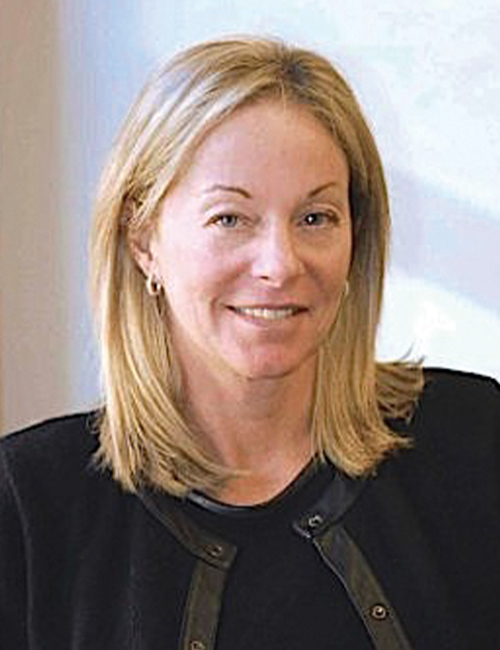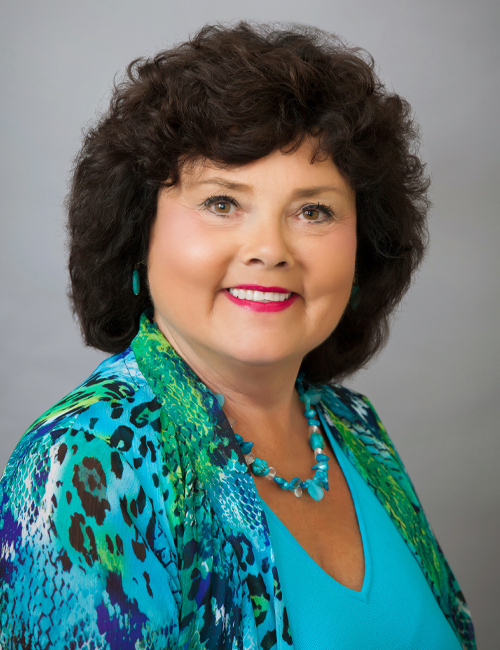


Dear Boardwise
How can our governance team develop board meeting agendas that would support student achievement?
What a board discusses at its meetings is assumed by community stakeholders to be the priorities of the district or county office of education. Research shows that while high-performing boards spend 65 percent of their time on student achievement, the average board spends 11 percent of its time on the subject. Where does your governance team fall within those percentages? What topics dominate your board meetings? What do your agendas say about your district’s or county office’s priorities?
There are several practices that can be implemented to better support student achievement through board meeting agendas. One is for the governance team to work together collaboratively and transition from “I” to “we” by creating and committing to a shared moral imperative. A moral imperative is a strongly felt principle that compels a person to act.

Once your team has agreement on the shared moral imperative, it is important for the superintendent and board president to work collaboratively to build the meeting agendas. It is during this time that the superintendent and president should be mindful that the board agenda items should reflect the board’s shared moral imperative and the business that the board needs to address. Agendas will then communicate that your governance team is focused on its strategic goals and shared moral imperative.
Deb Dudley: The board members I have worked with tell me they ran for office because they are passionate about student learning and achievement. Once elected, many board members often express frustration because being a board member seems to be 99 percent putting out fires or responding to community complaints with little time focused on students. It is difficult for boards not to get caught up in talking about buildings, books, buses and budgets — what we call the “Killer B’s” — because these issues take up so much of our time and dominate board conversations.
What we talk about has a direct effect on what gets done, so it is important to include conversations about student learning and achievement on every agenda. I would go a step further and add that these issues and progress toward learning and achievement goals should dominate the conversation at each board meeting. As Teri mentioned, research shows that high-performing school districts spend 65 percent of their board meeting discussing progress toward strategic goals and student achievement.
A tool you can use to help ensure this is a governance calendar. A good governance calendar can help make sure we make the “main thing” the “main thing” in our conversations. A governance calendar details in which months boards discuss particular district details like facilities or finance. It also shows communities a yearlong snapshot of board agendas and items for discussion.
A focused governance calendar allows a board to focus on its progress toward goals and ensure it is not sidetracked by conversations about current “hot” issues. Most importantly, it gives the board a tool to ensure that every meeting has discussion components of student learning and progress toward goals.
Lynn Bogart: As you are planning for your board meetings and developing the agendas, consider the following strategies and structures for increasing the board’s focus on student learning and achievement.
Certainly, one of the tried and true strategies is to place student recognition early in the agenda. Include recognition of parent groups, volunteers, community members, civic organizations and business partnerships. Inviting student groups to perform always brings proud parents and delighted family members to the meeting. Consider having a staff member report on an engaging and successful curriculum project that is showing promising results. Place these reports on the agenda prior to the student performance or demonstration so the audience hears the success of the student learning project.
Have teachers demonstrate powerful instructional strategies such as kinesthetic methods for teaching children to read, math learning routines or even a science experiment that represents the Next Generation Science Standards. Teachers will be honored to be selected to show their craft, and students, parents and principals will be proud.
Another technique to increase the focus on student learning is to have each of your schools present their particular “point of pride,” which may include a successful practice or model program that has shown promising student learning results.
When developing your Local Control and Accountability Plan, include specific goals for students already meeting or exceeding standards to balance the appropriate and expected emphasis regarding goals for students below standard. As LCAP goals and student achievements results are shared, request supporting data regarding student growth, not just progress made as depicted by state tests and the California School Dashboard.
Lastly, when you have controversial issues such as boundary changes or school closures, which may draw larger crowds to your board meetings, don’t hesitate to have curriculum, instructional program or student achievement reports included on the agenda at those meetings. When else will that larger audience hear the good news of the district’s programs, progress and student accomplishments?